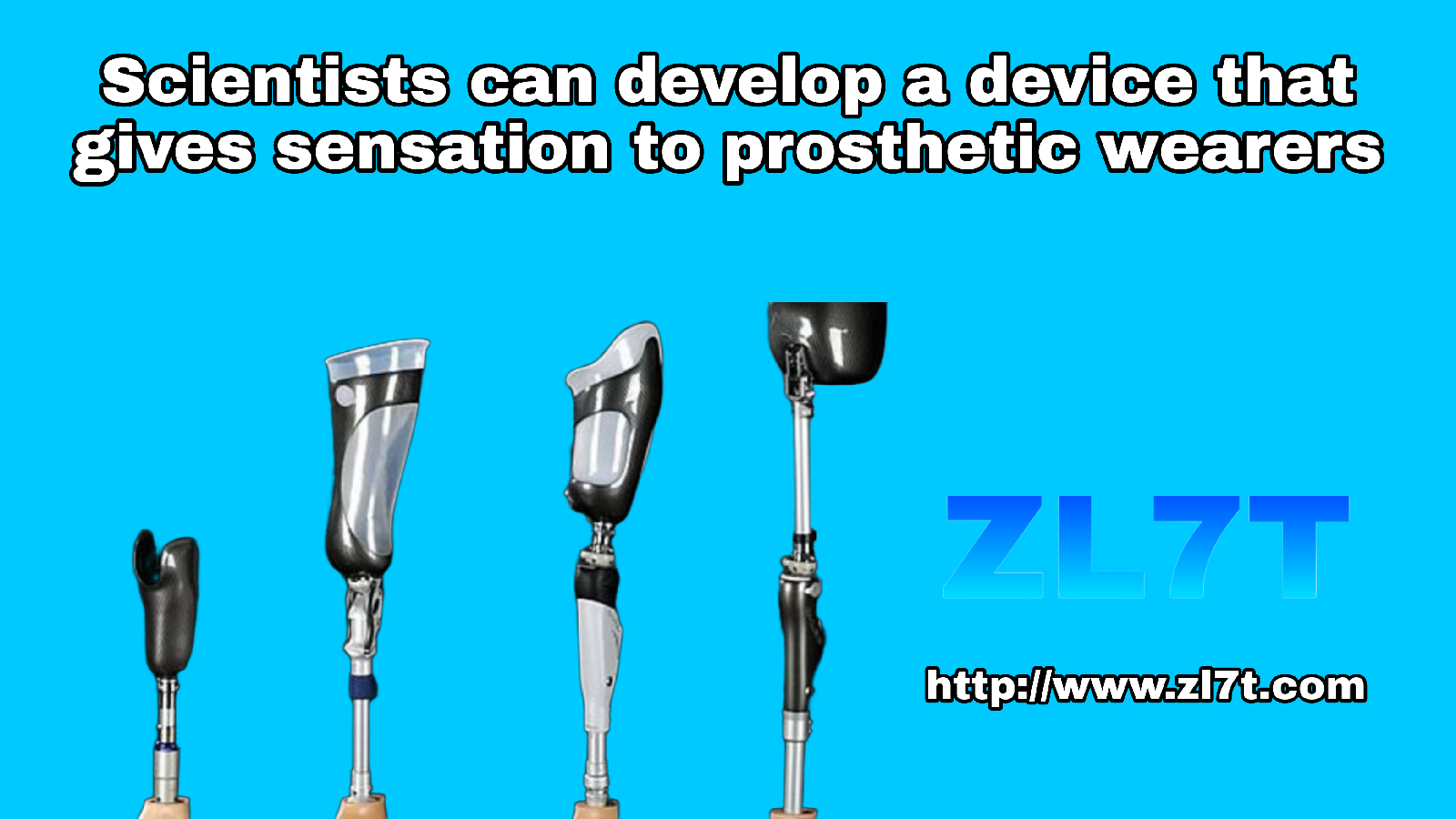Exclusively on ZL7T blog, a group of scientists was able to create a device that transmits sensation through prosthetics to its users by simulating the nerve device of prosthetic wearers by providing prosthetics with this device that transmits the feeling of sensation to amputees by simulating their nervous system.
Quoting Jacob George, a neuroscience engineer, this invention is very important, as it restores hope to people who have lost their limbs, and he says that this invention is very inspiring because it converts the calculations performed by the device into vital signals and delivers them to the spinal cord, which in turn transmits them to the sensory centers.
read also
What is the importance of the device for people wearing prosthetics?
One of the most important problems and difficulties facing wearers of prosthetic limbs is the inability to feel, they do not feel the pressure on amputated limbs, and people who have lost their limbs find it difficult to adapt to the new prosthetics that they get because of the loss of the ability to feel and with this device their problem has been solved, because of which many people refuse to install artificial limbs instead of the lost.
How to transmit sensory signals through this device?
It depends on the mechanism of transmitting sensory signals that are converted into electrical impulses that travel quickly through the spinal cord through this device, which contains a set of technology that provides allergic reactions Like a device Virtual reality control gloves quite similar to those we feel and then transmitted through the spinal cord of the wearers of the prosthetic limbs, and in this experiment the computer system was used to create sensory signals quite similar to those felt by the normal person, such as the state of pressure on the feet.
What research has been done to ensure the safety of this device on humans?
To ensure the defender on you and the safety of this device on humans, this device has been tested on cats first and explained a remarkable progress in the movement of cats as a first stage of experiments
To ensure its effectiveness on the skin, it was tested on three people whose feet were amputated, and the device succeeded in transmitting the sensations associated with walking to these people.

